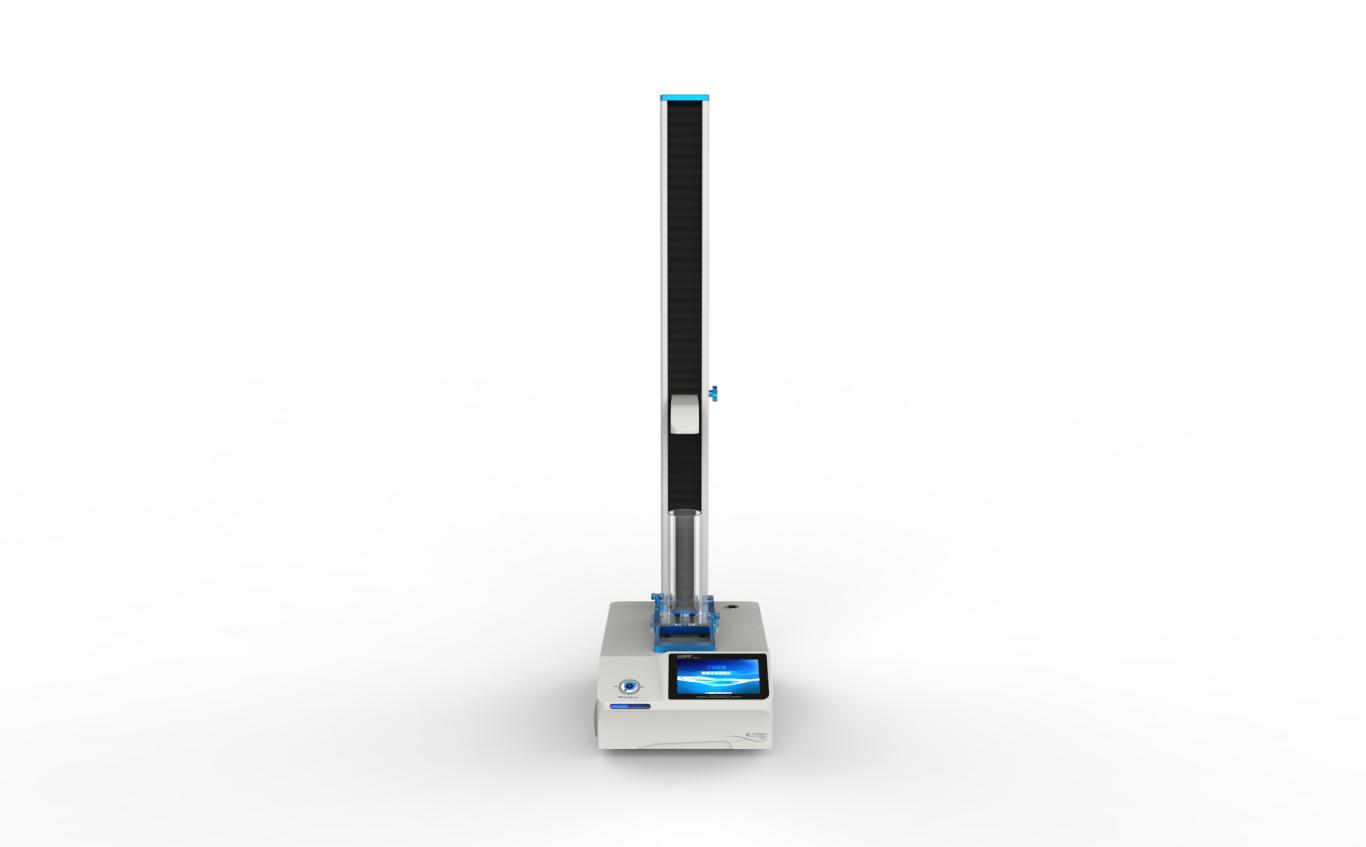The Falling Ball Impact Tester is a precision instrument used to evaluate the impact resistance of various materials. This equipment is primarily applied in testing the impact strength of plastics, composites, thin metal sheets, and other materials, playing a crucial role in materials science, quality control, and product development.
Working Principle: The core principle of the Falling Ball Impact Tester is the conversion of gravitational potential energy into kinetic energy. During the test, a metal ball of standard weight is dropped freely from a preset height onto a sample placed on the test platform. By observing whether the sample is damaged or deformed, and recording the minimum height or energy required to cause damage, the impact resistance of the material is assessed.

Main Components:
- Drop mechanism: Including guide rails, release mechanism, and standard ball (usually steel)
- Sample support platform: For fixing the test sample
- Height adjustment mechanism: For precise adjustment of drop height
- Energy measurement system: For calculating impact energy
- Control panel: For setting parameters and initiating tests
- Protective cover: To ensure operational safety
Test Parameters:
- Drop height: Typically adjustable range of 0.1-2 meters
- Ball weight: Common specifications include 250g, 500g, 1kg, etc., as per standard requirements
- Impact energy: Calculated from ball weight and drop height
Applicable Standards: The use of Falling Ball Impact Testers adheres to multiple international and national standards, such as:
- ISO 6603-1: Plastics - Determination of puncture impact behaviour of rigid plastics
- ASTM D5420: Standard Test Method for Impact Resistance of Flat, Rigid Plastic Specimen by Means of a Striker Impacted by a Falling Weight
- GB/T 9341: Plastics - Determination of puncture impact behaviour of rigid plastics
Advantages and Applications:
- Simple operation with good repeatability
- Simulates real-world instantaneous impacts
- Suitable for various materials and products
- Reliable data for quality control
- Widely used in automotive, electronics, packaging, and other industries
Precautions:
- Regular calibration to ensure measurement accuracy
- Strict adherence to operating procedures for personnel safety
- Selection of appropriate test parameters, such as ball weight and drop height
- Proper preparation and fixation of samples to avoid errors
Conclusion: The Falling Ball Impact Tester is a powerful and easy-to-operate material performance testing equipment. By simulating potential impact scenarios in actual use, it provides crucial data support for material development and quality control. As materials science continues to advance, the importance of this equipment in industrial applications will continue to increase.
This professional article aims to comprehensively introduce the working principle, structural components, application range, and importance of the Falling Ball Impact Tester. If you need more detailed information or have any questions, please feel free to ask.

 info@gbtest.cn
info@gbtest.cn



 en
en ru
ru es
es ar
ar
